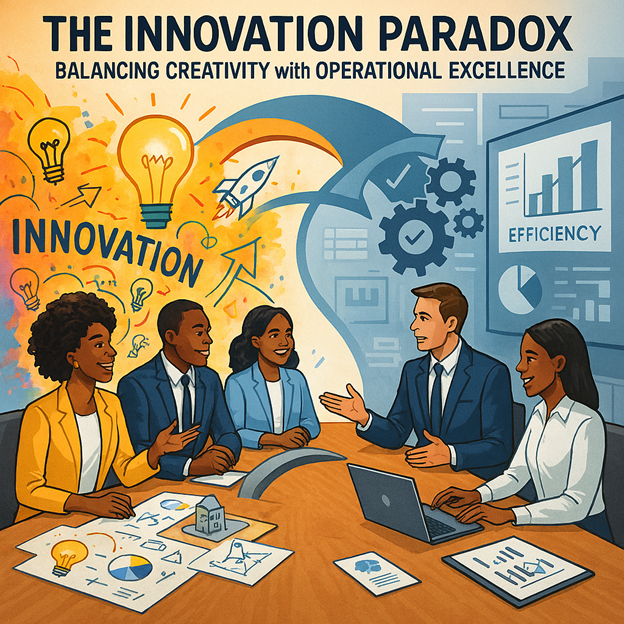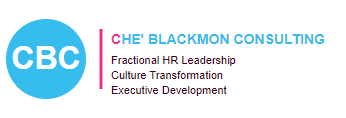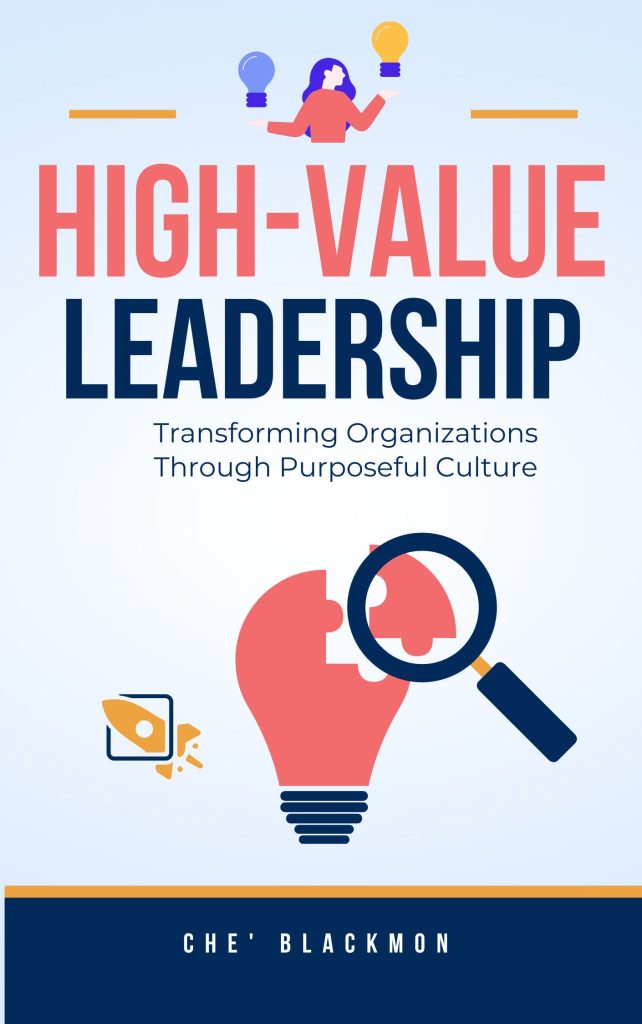Your cart is currently empty!
The boardroom tension was palpable. On one side sat the operations team, armed with efficiency metrics and cost analyses. On the other, the innovation group clutched prototypes and possibility. The CFO wanted predictability. The Chief Innovation Officer demanded experimentation space. Sound familiar?
This is the innovation paradox that keeps leaders awake at night: How do you maintain operational excellence while fostering the creative chaos that drives breakthrough innovation? For traditionally overlooked talent, particularly Black women navigating corporate spaces, this paradox becomes even more complex when your innovative ideas are dismissed as “too risky” while your operational suggestions are seen as “playing it safe.”
The False Choice Between Innovation and Excellence 📊
Most organizations treat innovation and operational excellence as opposing forces. Run tight ship or embrace creative chaos. Minimize risk or maximize possibility. Control or creativity. This binary thinking costs companies billions in missed opportunities and creates cultures where different types of talent can’t thrive.
Research from MIT Sloan reveals that companies excelling at both innovation and operations outperform their peers by 30% in revenue growth and 17% in profit margins. The secret? They don’t balance these forces—they integrate them.
There was a medical device company that discovered this after years of ping-ponging between “innovation sprints” and “efficiency drives.” Their breakthrough came when a Black woman engineer, previously overlooked for leadership roles, proposed a radical idea: What if operational excellence created the foundation for sustainable innovation rather than constraining it?
She introduced “innovation infrastructure”—systematic processes that made experimentation more efficient, not less creative. The result? Development time dropped 40% while successful innovations increased by 60%.
The Hidden Innovation in Operational Excellence 💡
Here’s what most miss: operational excellence itself can be deeply innovative. The Toyota Production System didn’t just improve efficiency—it revolutionized how we think about continuous improvement. But traditionally overlooked talent often gets pigeonholed into one camp or the other.
Consider what happened at a logistics company where a Black woman operations manager kept proposing process innovations. Leadership dismissed her ideas as “too operational” for the innovation committee and “too creative” for operations meetings. She existed in a no-win zone many of us recognize.
The breakthrough came when she reframed her approach. Instead of presenting “innovative operations” or “operational innovations,” she demonstrated “systematic creativity”—using operational discipline to scale innovative solutions. Her method reduced shipping errors by 73% while creating three new service lines that generated $4.2M in revenue.
As explored in “High-Value Leadership,” true excellence comes from recognizing that different types of thinking strengthen rather than threaten each other. The question isn’t whether to choose innovation or operations—it’s how to leverage both for competitive advantage.
The Creativity Tax on Traditionally Overlooked Talent 🚫
Black women face a unique challenge in the innovation-operations dynamic. When we propose innovative solutions, we’re often told we’re being “unrealistic” or “not understanding business constraints.” When we excel at operations, we’re labeled as “good executors” but not “strategic thinkers.” This creativity tax keeps us from contributing our full value.
Research from Harvard Business Review shows that diverse teams produce more innovative solutions, yet only 26% of Black women feel their innovative ideas are heard and implemented. The gap isn’t capability—it’s opportunity and perception.
There was a technology firm where this pattern played out predictably until they implemented blind innovation reviews. Suddenly, ideas from Black women that had been routinely dismissed were selected for development at 3x the previous rate. The ideas hadn’t changed—the bias filter had been removed.
This aligns with findings in “Rise & Thrive” about how Black women must often work twice as hard for half the recognition, particularly when our contributions don’t fit neat categorical boxes.
The Integration Framework: Making Excellence and Innovation Allies 🤝
The FUSION Model for Innovation-Operations Integration:
F – Foundational Stability Create stable operational platforms that enable rather than constrain innovation:
- Standardize routine processes to free mental energy for creativity
- Build reliable systems that can handle experimentation
- Establish clear metrics for both efficiency and innovation
U – Unified Metrics Measure success holistically rather than in silos:
- Track innovation velocity alongside operational efficiency
- Measure learning from failures, not just successful launches
- Monitor how operations enables innovation and vice versa
S – Systematic Experimentation Apply operational discipline to innovation processes:
- Create innovation pipelines with clear stage gates
- Use data to inform creative decisions
- Build learning loops into every experiment
I – Inclusive Participation Leverage diverse thinking styles:
- Include operational experts in innovation sessions
- Bring innovators into operational planning
- Value different types of contributions equally
O – Ongoing Adaptation Build cultures that embrace both stability and change:
- Regular reviews of what’s working
- Quick pivots based on data
- Celebration of both types of success
N – Networked Thinking Connect innovation and operations at every level:
- Cross-functional teams as standard practice
- Shared goals and incentives
- Regular rotation between functions
Current Trends: The Rise of Operational Innovation 📈
The most successful companies in 2024 aren’t choosing between innovation and operations—they’re revolutionizing operations through innovation and scaling innovation through operational excellence.
AI-Enhanced Operations: Companies use artificial intelligence not just for automation but for identifying innovation opportunities within operational data. Pattern recognition reveals unmet customer needs and process improvement possibilities.
Agile Operations: The agile methodology has moved beyond software development into operations, creating flexible, responsive operational systems that adapt quickly to change.
Innovation Accounting: Forward-thinking CFOs now track innovation metrics alongside operational KPIs, recognizing that today’s experiment is tomorrow’s competitive advantage.
Sustainable Innovation: Environmental and social governance (ESG) requirements are driving operational innovations that reduce waste while creating new value streams.

Practical Strategies for Leaders 🎯
1. Create Innovation Time Within Operations Google’s “20% time” is famous, but what about “innovation hours” within operational roles? There was a manufacturing company that gave operations staff two hours weekly for process innovation. Result: 47 implementable improvements in six months.
2. Rotate Talent Between Functions Break down silos by rotating high-potential employees between innovation and operations roles. This creates leaders who speak both languages and see connections others miss.
3. Measure Integrated Success Stop measuring innovation and operations separately. Create metrics like:
- Innovation efficiency rate (successful innovations per resource invested)
- Operational creativity index (process improvements generated by operations team)
- Speed to scale (time from pilot to full implementation)
4. Celebrate Both Types of Wins There was a retail company that created equal recognition for “Innovation of the Month” and “Operational Excellence of the Month,” then added “Integration Success of the Month” for initiatives combining both.
5. Build Diverse Innovation Teams Include operational experts, customer service reps, and traditionally overlooked voices in innovation sessions. Their practical insights ground creativity in reality while their unique perspectives spark unexpected solutions.
The Competitive Advantage of Integration 💪
Companies mastering the innovation-operations integration see:
- 45% faster time to market
- 32% higher success rate for innovations
- 28% improvement in operational efficiency
- 51% better employee engagement scores
But the real advantage is cultural. When you stop forcing employees to choose sides, you unlock their full potential. This particularly benefits traditionally overlooked talent who often excel at bridging different worlds—we’ve had to our entire careers.
There was a financial services firm that discovered their most innovative solutions came from their operations team, while their innovation lab produced the most scalable operational improvements. The lesson? When you remove artificial boundaries, brilliance emerges from unexpected places.
Breaking Down the Silos 🔨
Common Barriers and Solutions:
Barrier: Different personality types in each function Solution: Recognize that diversity drives better outcomes; create translation bridges
Barrier: Competing metrics and incentives Solution: Align goals and create shared success metrics
Barrier: Historical tensions between departments Solution: Start with small joint wins to build trust
Barrier: Leadership bias toward one or the other Solution: Ensure C-suite includes champions for both
Barrier: Fear that excellence stifles creativity Solution: Show how structure enables rather than constrains innovation
Action Steps for Integration 🚀
Week 1: Assessment
- Map current innovation and operational capabilities
- Identify where these functions currently connect (or don’t)
- Survey employees about barriers to integration
- Document quick wins possible through better integration
Month 1: Pilot Programs
- Launch one integrated project team
- Create shared workspace for innovation and operations
- Implement one operational innovation
- Scale one innovation operationally
Quarter 1: Systematic Change
- Revise metrics to reward integration
- Adjust organizational structure to encourage collaboration
- Implement rotation program
- Celebrate integration successes
Year 1: Cultural Transformation
- Full integration of innovation and operational excellence
- Shared goals and metrics across functions
- Regular innovation-operations partnerships
- Measurable competitive advantage
The Power of Both/And Thinking 🌟
As discussed in “Mastering a High-Value Company Culture,” the strongest cultures embrace paradox rather than avoiding it. They’re disciplined and creative, stable and adaptive, efficient and innovative. This both/and thinking particularly benefits traditionally overlooked talent who’ve always had to be multiple things simultaneously.
Black women have always balanced seeming contradictions—being strong and vulnerable, confident and learning, assertive and collaborative. We’re naturally equipped for integration thinking, yet rarely given the platform to implement it at scale.
Discussion Questions for Your Leadership Team 🤔
- Where do we currently treat innovation and operations as enemies rather than allies?
- Which traditionally overlooked voices might bridge these functions effectively?
- What would change if we measured integrated success rather than functional success?
- How might our competitive position improve if we excelled at both?
- What’s one innovation we could operationalize and one operation we could revolutionize?
Your Integration Opportunity
The innovation paradox isn’t a problem to solve—it’s a competitive advantage to leverage. Organizations that integrate creative thinking with operational discipline don’t just survive; they define the future of their industries.
Stop choosing between innovation and excellence. Stop segregating creative and operational talent. Stop missing the breakthrough solutions that emerge when these forces combine.
Ready to transform your innovation-operations dynamic?
Che’ Blackmon Consulting specializes in helping organizations integrate innovation with operational excellence, with particular expertise in leveraging traditionally overlooked talent who excel at both.
We’ll help you:
- Design integrated innovation-operations strategies
- Build metrics that reward both/and thinking
- Develop leaders who bridge both worlds
- Create cultures where all types of excellence thrive
- Unlock hidden innovation in your operations
Start your integration journey today:
📧 admin@cheblackmon.com
📞 888.369.7243
🌐 cheblackmon.com
Because the future belongs to organizations that transcend false choices and embrace integrated excellence. #Innovation #OperationalExcellence #BusinessStrategy #LeadershipDevelopment #DiversityInInnovation #ProcessImprovement #OrganizationalChange #WomenInLeadership #BlackWomenLead #AgileBusiness #ContinuousImprovement #HighValueLeadership #InnovationStrategy #BusinessTransformation #InclusiveInnovation


